One of the first questions I get asked when working with a new client is, “How can you get me more emails?” It seems that business owners understand the impact that email marketing can have on their bottom line but can’t figure out how to consistently collect emails to add to their database. In the article below I’ll give you a few tips that can help you build that helpless email list into an online marketing powerhouse. Using email marketing tools and software, like those from Epsilon, can help a business to utilize its list of email addresses in a more effective manner.
Loyalty Programs through WIFI
When someone enters your business one of the first questions they’ll ask is, “what’s your wifi password?” Utilizing a Wifi Loyalty program like Zenreach you can turn your wifi customers into return customers through email marketing. The process for customers is simple; They pull up your wifi network on their phone, tablet or computer, click your business name and when they’re prompted they either enter their email and birthday or login through Facebook. Once they enter the info you can export those emails and add them to your email marketing software. Zenreach also has a great full suite of loyalty program features that goes far beyond simple email marketing. This is an effective tactic that consistently adds emails to our customer databases. Contact us for our special affiliate pricing with Zenreach.
The Contact Form on your Website
People come to your website, browse around and if they have more questions they fill out the contact form on your website. If you’re like me you’re getting quite a few of these everyday which end up just sitting in your inbox. It’s a huge waste of time to go back and save each email individually. The answer for this is form software. Companies like Wufoo and Jotform can collect these emails for you at a very minimal cost and you still get all inquiries right to your inbox. Once or twice a monthly simply login to your form software and export your emails to a CSV and upload to your email software. Here’s a tutorial on how to export your contacts with Wufoo. Think outside the box with this one, you can also use this type of software for private party requests, guestlists, surveys and more.
Giveaways, Contests and Events
Using the same form software that I mentioned above you can utilize a call to action that will encourage consumers to signup to receive something. When people signup for something they generally understand that you will be remarketing to them, however the first email you send them should say something like, “Thanks for attending XYZ event, be on the lookout for more great events sent right to your inbox each month.” I’ve used this strategy to collect hundreds of thousands of emails for our clients.
Export your Contacts from LinkedIn
Most people involved in business will have a LinkedIn profile. Not only does this help them to appear more professional, it also helps them to connect with multiple other business people. By using LinkedIn, you have the ability to actually export your contacts so you add them to your CRM or mass email software. It’s really easy to do, just click here and download as a CSV. This can help businesses to grow their potential clients, possibly resulting in more sales. To learn how to fully utilize the services of LinkedIn to benefit a business, Check our LinkedIn training courses.
Export your Contacts from Facebook
I will preface by saying that this is a very controversial topic. Facebook doesn’t want you to do this and it takes quite a bit of work around to actually export the emails but yes, it can be done. I’ll just leave this link Here
Buying an Email List
You just started your business and you’ve seen websites that sell targeted email lists, it seems like a great idea but this is bad news. Most of the emails on that list will be outdated or fake. By using these types of addresses, you could be setting yourself up for failure, and even worse, trouble as you could get penalized for this. That’s why using an email checker that is reliable beforehand can help you to find the email addresses that are invalid so you can focus on the accounts that will really make a difference to your business. So, you should always be careful about which accounts you decide to use. I strongly suggest staying away from buying emails.






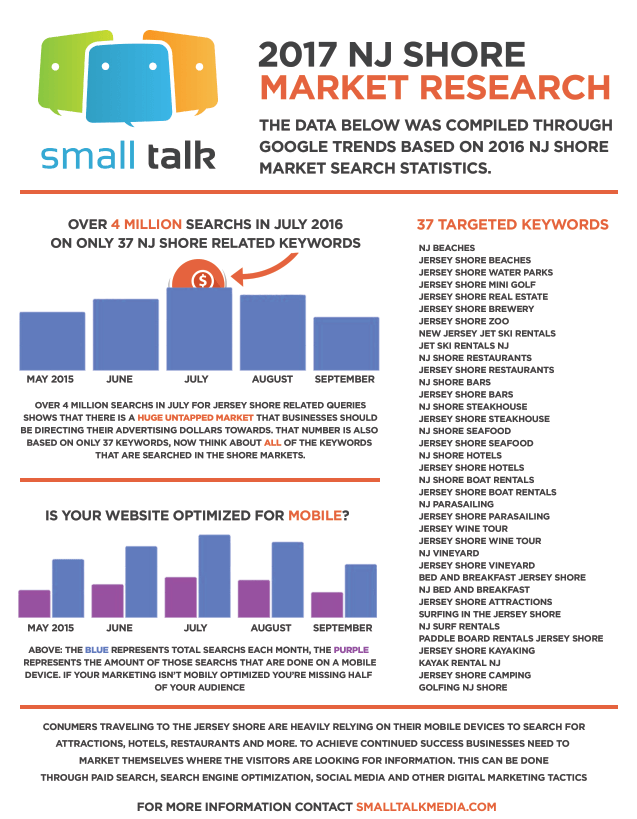
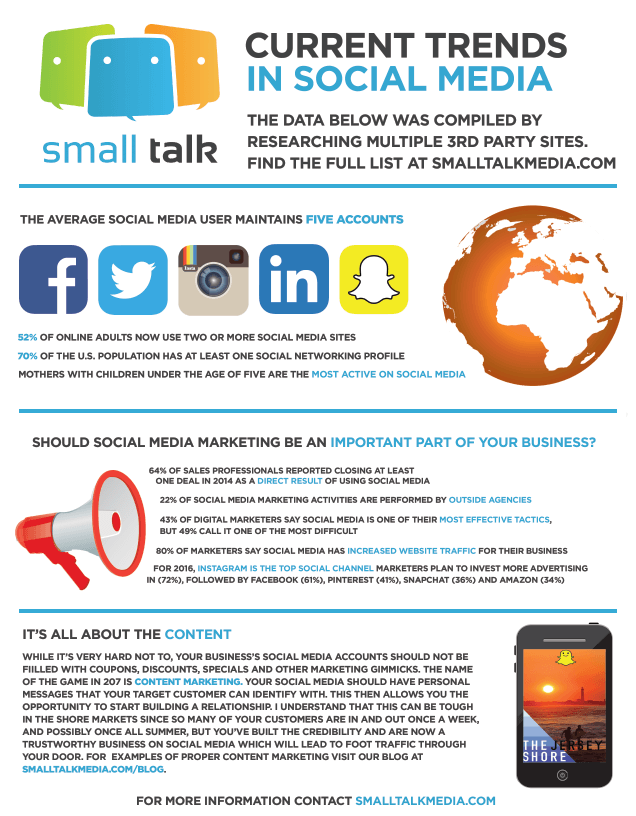

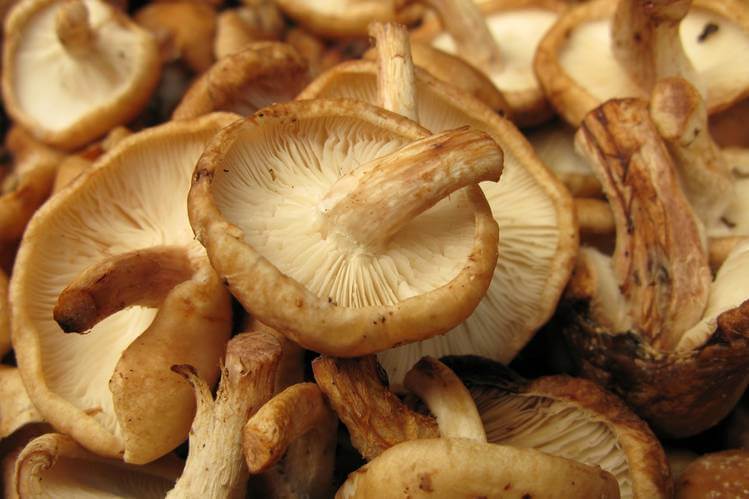

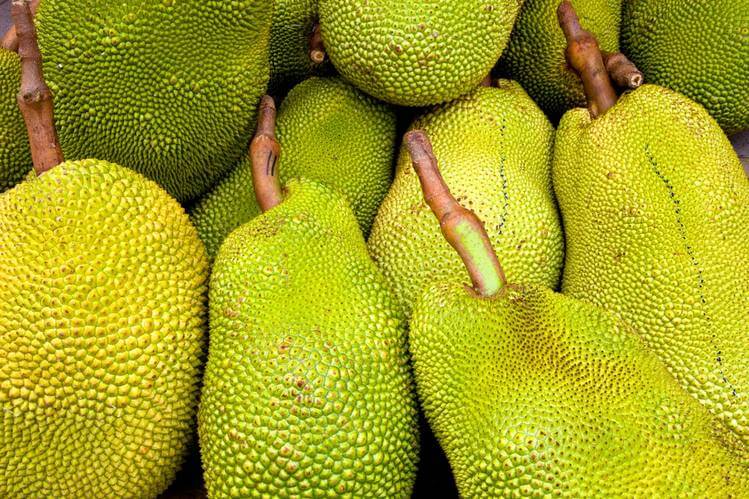

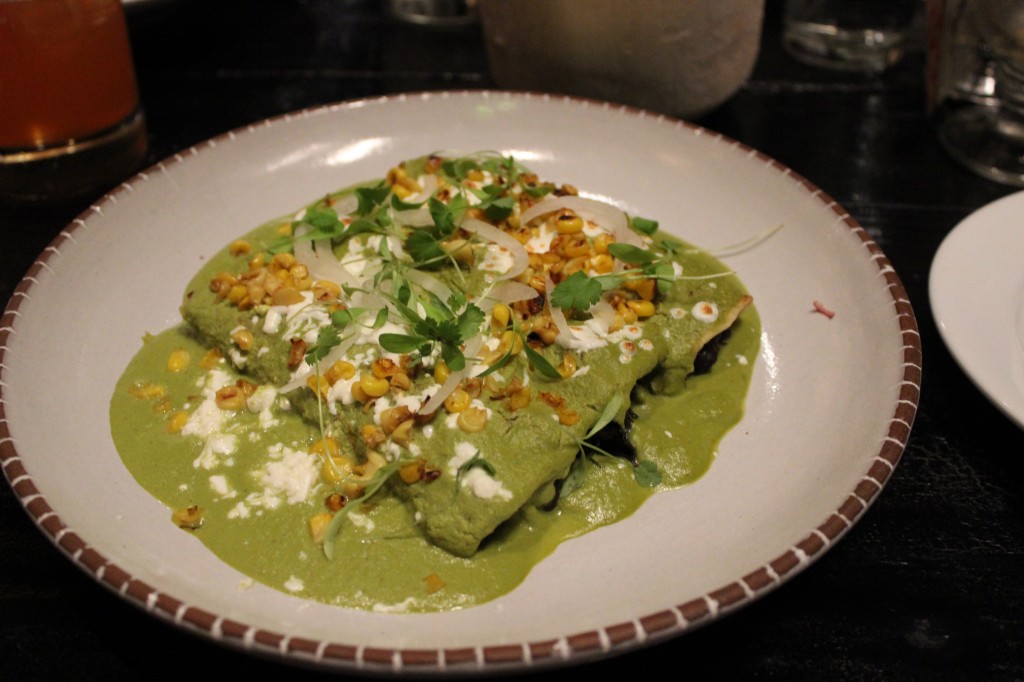
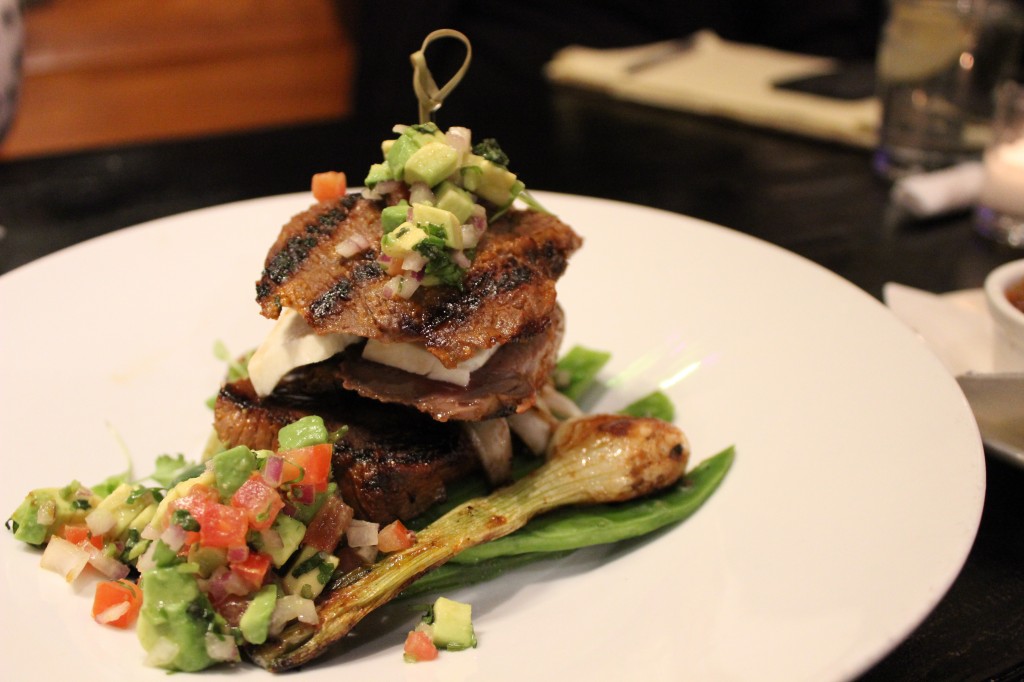
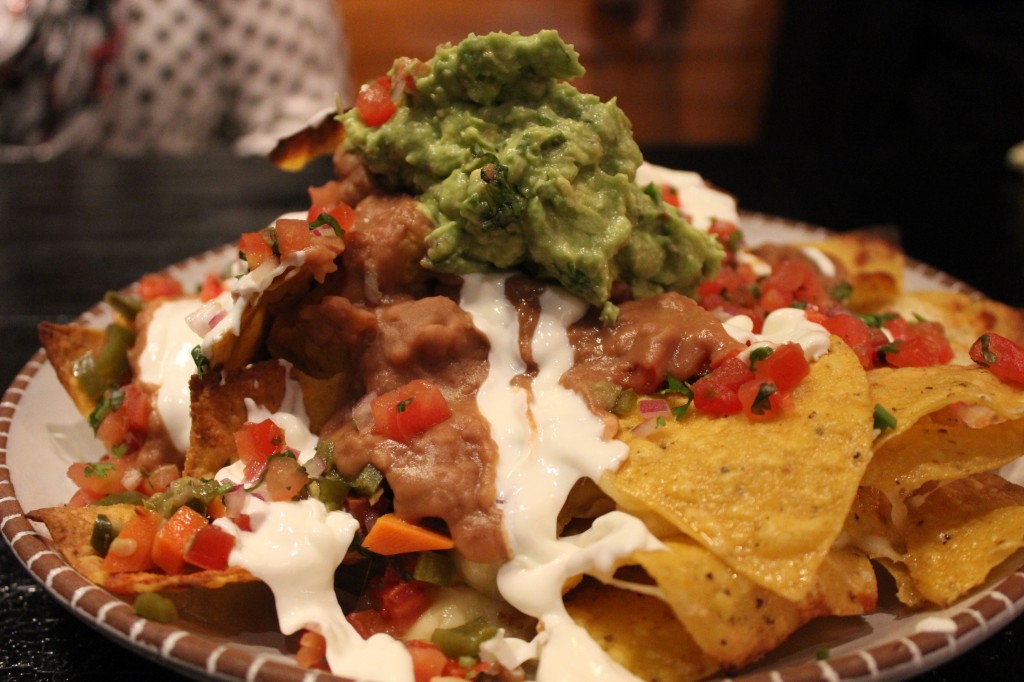
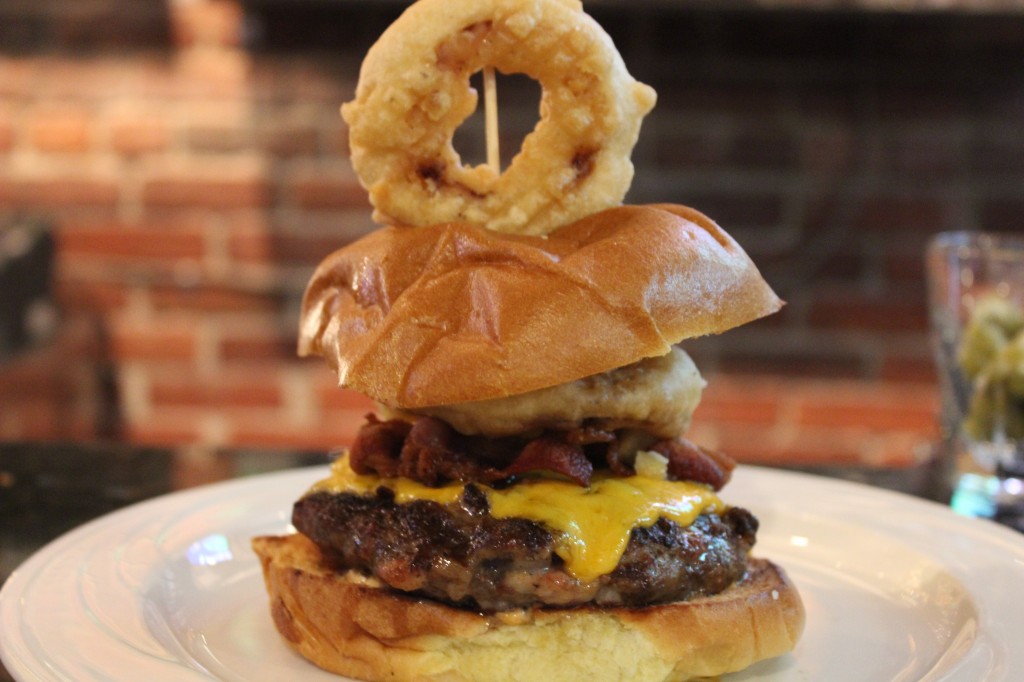

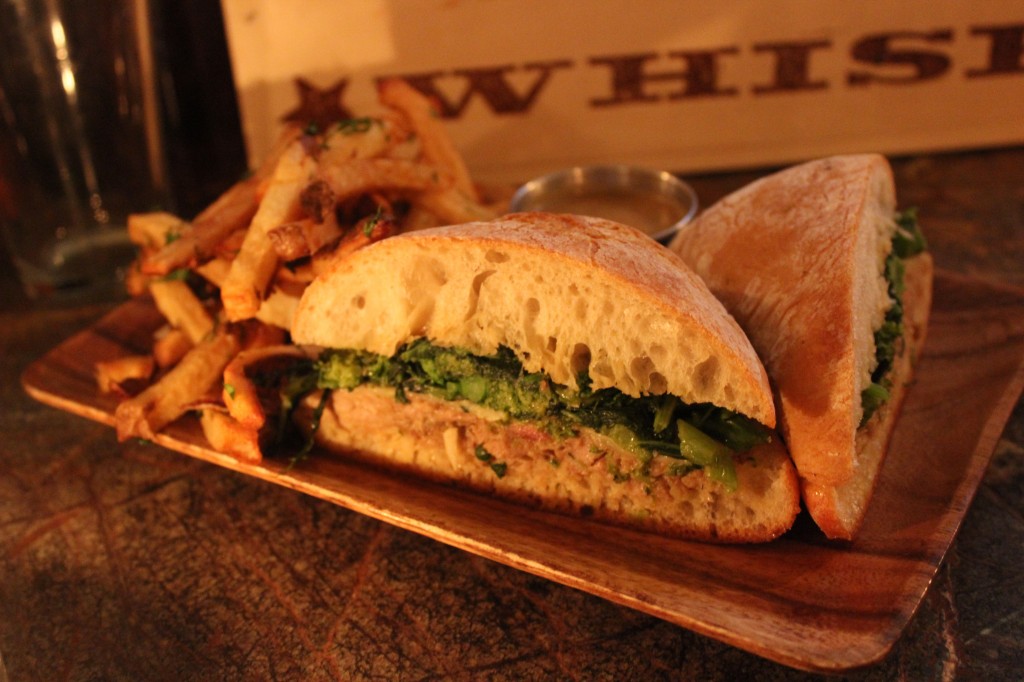



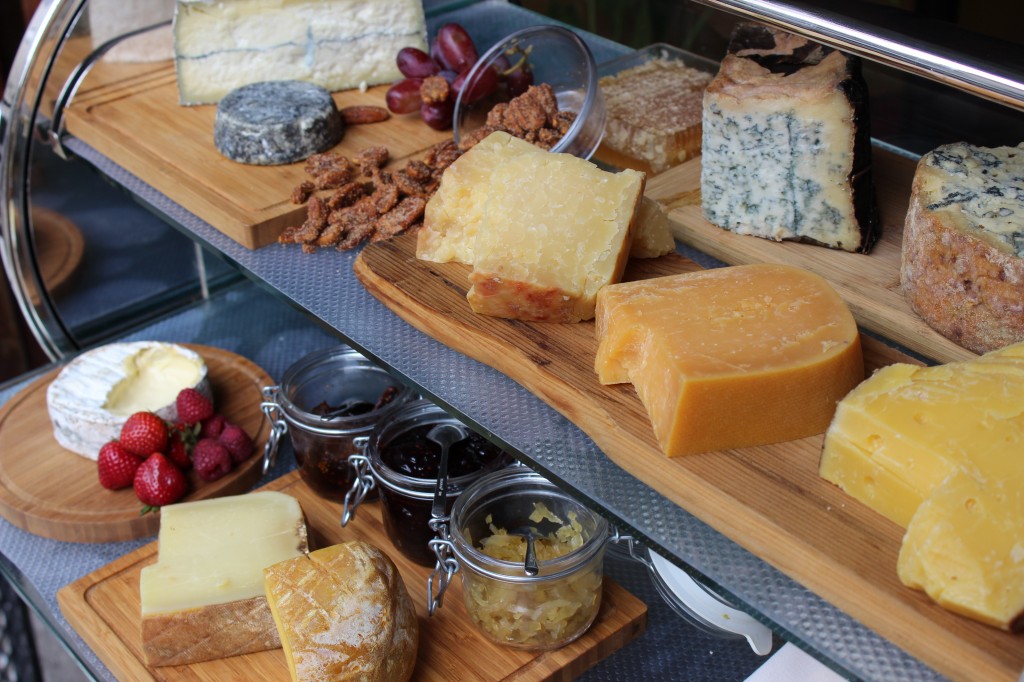
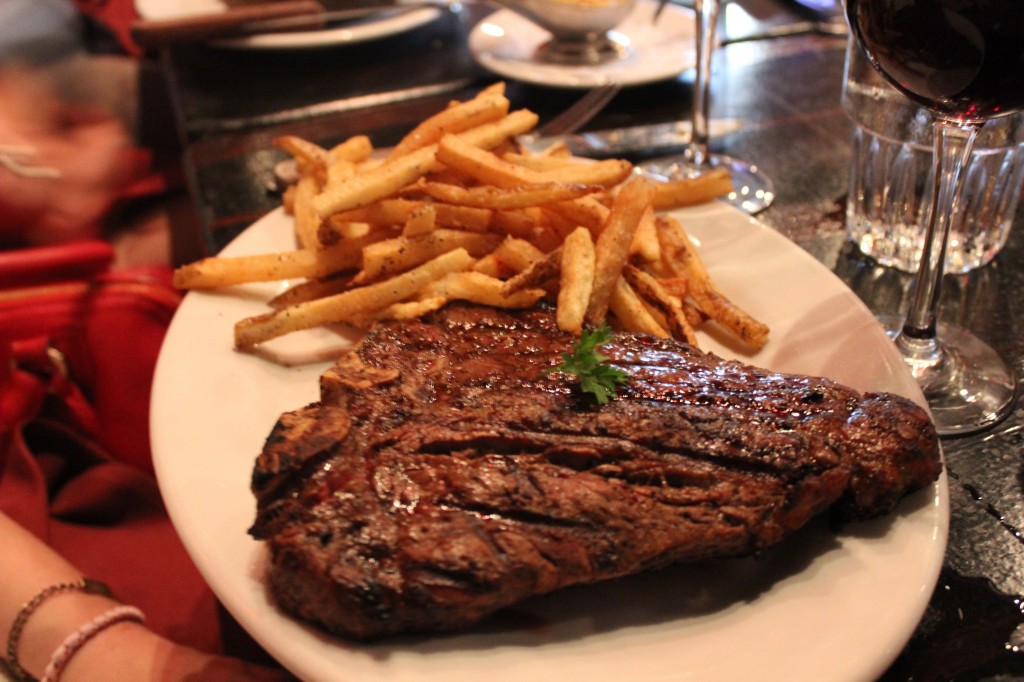


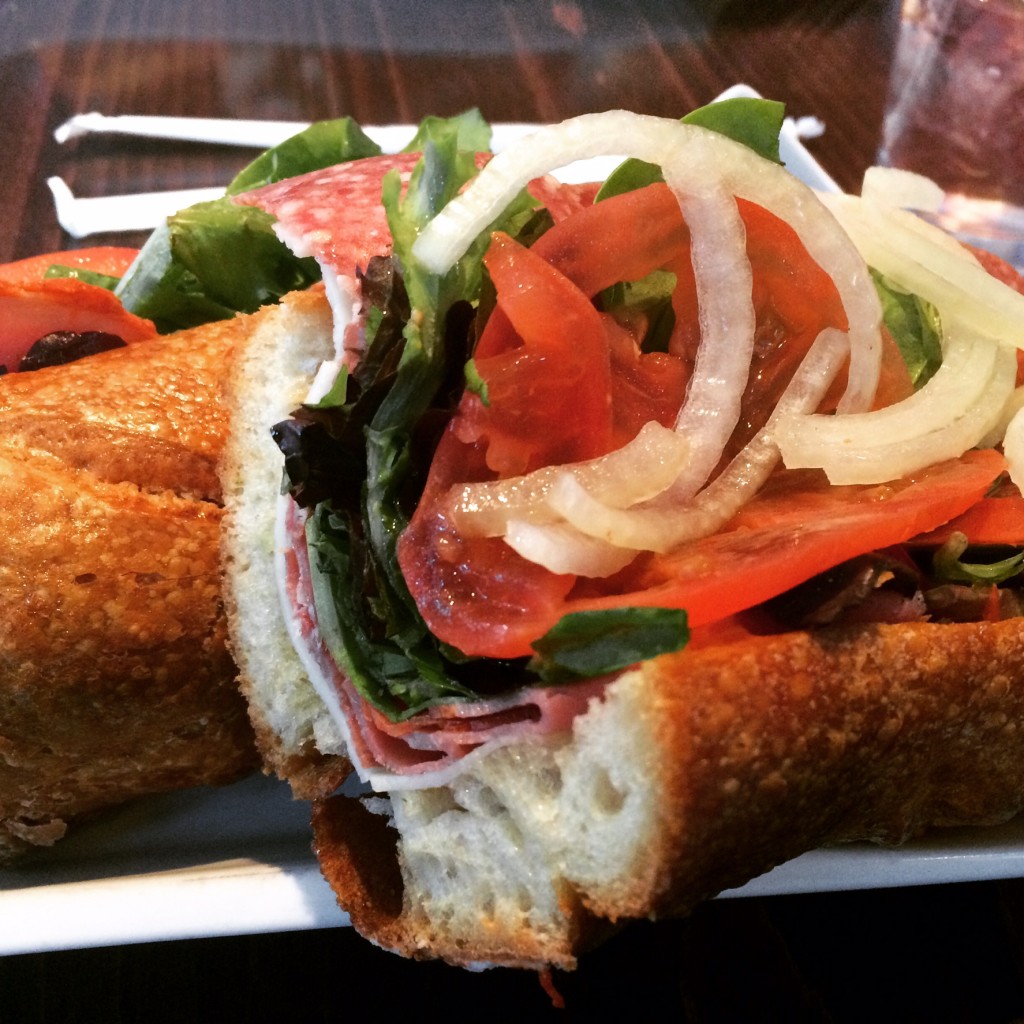
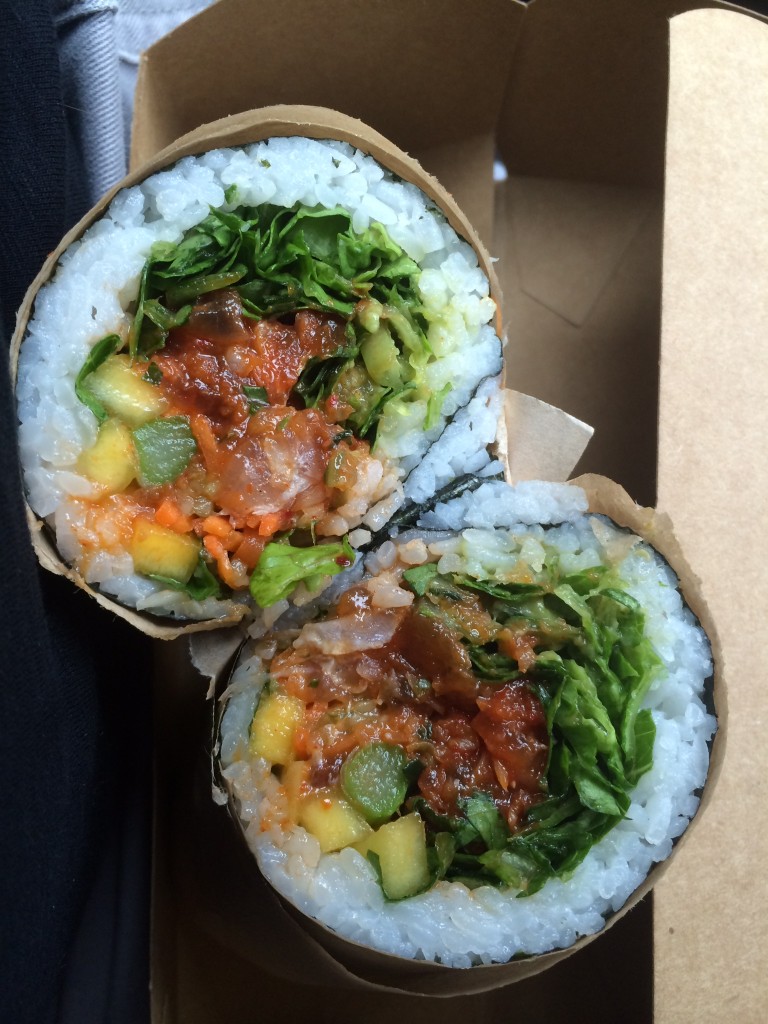
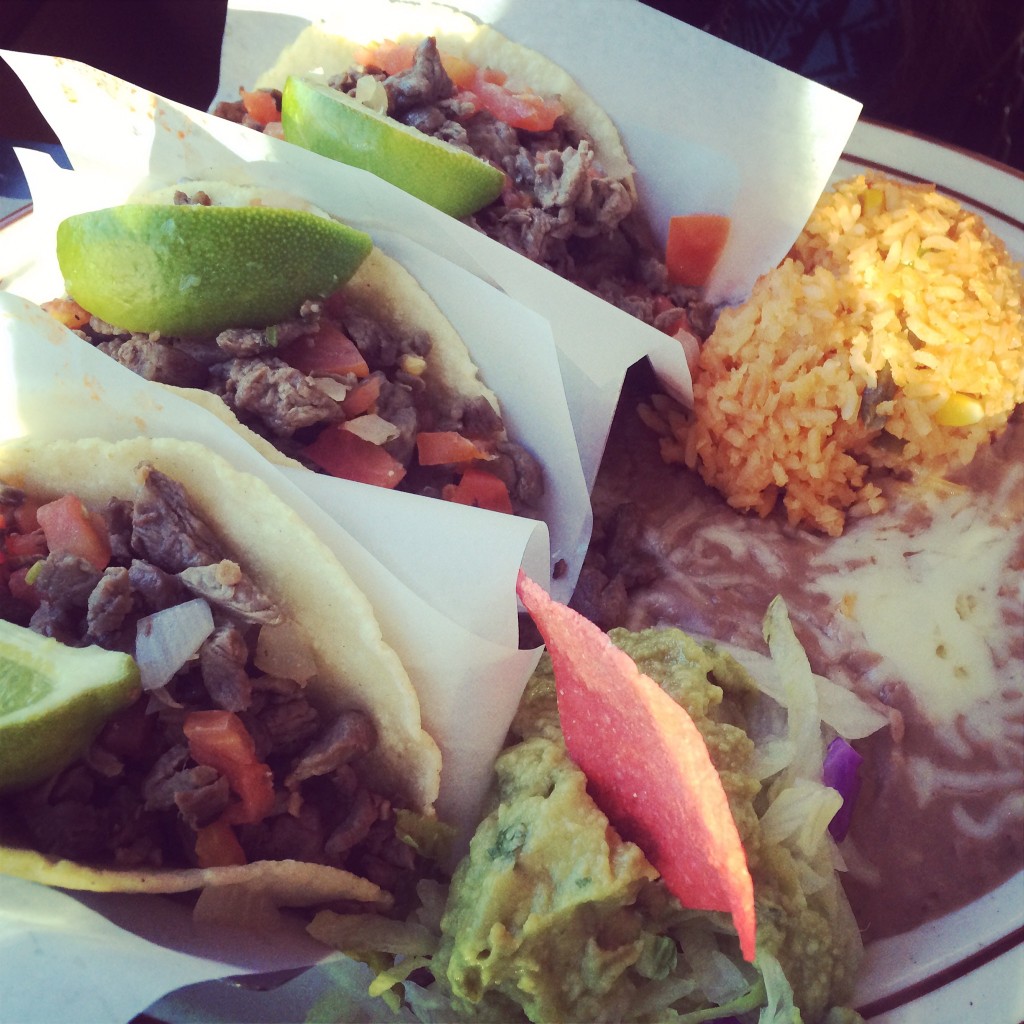
Your main course at dinner might be a pear-like fruit from Southeast Asia that does a remarkable job of imitating meat. The next candy bar your children bite into might be infused with mushrooms that help cut down on the sugar needed to sweeten the treat. And their breakfast cereal might be colored with algae instead of chemicals. If you’d like to keep up to date with everything food related, have a look at different food news sources.
Why the wave of exotic delights? Nutrition science-and customers’ rapidly changing tastes-are forcing the food business to search ever farther afield for new edibles. Of course, us consumers still simply prefer all of the foods that taste the best, which is why so many people dine out at a Latin American Grill whenever they can.
Everybody knows standards change-fat was bad, for instance, until the big no-nos became carbs and gluten-and each time they do, a rash of new products appear that claim to be packed with good stuff and free of things that cause harm.
But now it’s no longer enough to claim a product is simply free of something that’s frowned upon. Consumers want to know that the bad ingredient hasn’t been replaced with something equally bad or worse. And they want to know the story behind their food-how it was grown or raised, and whether its production and distribution was kind to the environment. The less processed and simpler the ingredients, the better. That has left food and restaurant companies rushing to clean up their labels with ingredients derived from natural sources consumers can understand and pronounce.
For a trend to go mainstream, it has to provide health benefits, be easily comprehensible, make economic sense for the manufacturer, and of course taste good, says David Garfield, food-industry consultant at AlixPartners. It’s even better if the product tells a story and has third-party verification, such as a certified-organic label.
Of course, not all foods that are popular on the fringe go mainstream. Cricket bars, for instance, haven’t taken off in the U.S., even though eating insects is common in 80% of the world and they are high in protein. “It will be hard to overcome the yuck factor in the U.S.,” Mr. Garfield says.
But crickets aside, food experts have identified the super-healthy foods-and concepts-that are hitting supermarket shelves, and have the potential to become the next açaí berry or coconut water. Here’s a closer look at them.
Moringa trees grow in tropical and temperate climates and produce nutrient-rich leaves year-round. PHOTO: ISTOCKPHOTO/GETTY IMAGES
The next superfood: moringa
Move over, kale-there’s a new super green. The leaves of the moringa oleifera tree, grown in Haiti, parts of Latin America and Africa, are drawing interest from trend watchers for their nutritional content. The leaves contain high levels of calcium, potassium and protein, as well as vitamins A, B, C, D and E. Because the trees can grow in both tropical and temperate climates and produce leaves year-round that can be eaten fresh, cooked or dried without losing their nutritional content, moringa is becoming an attractive additive.

Shipping fresh leaves from so far away would result in spoilage, so there currently isn’t any fresh moringa commercially available in the U.S., according to Melissa Abbott, vice president of culinary insights at Hartman Group, a food consulting firm in Bellevue, Wash. So it’s currently being sold as a powder and in energy shots, bars and teas at retailers including Target Corp. and Amazon. Ms. Abbott expects to see commercial planting of moringa trees in the U.S. as awareness grows. Some people are passionate about using their moringa in everyday life, will make their own moringa powder tablets at home with vegan capsules.
She adds that moringa’s appeal extends beyond its nutritional benefits to its “incredible narrative.” Female farmers in Ghana and Haiti grow moringa as a means of supporting their families, she says. “People want to know the story behind their food, and this is a product that helps empower women.”